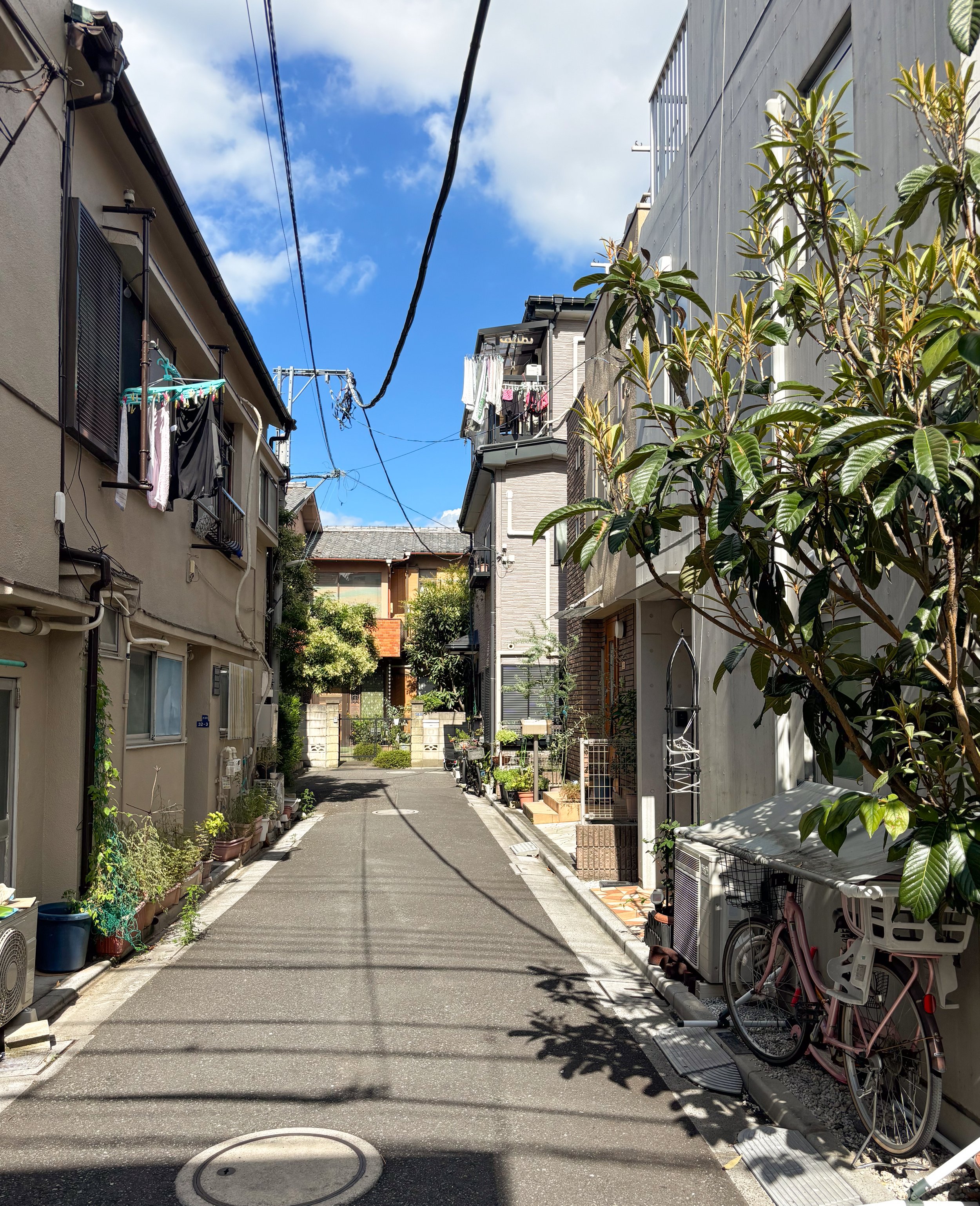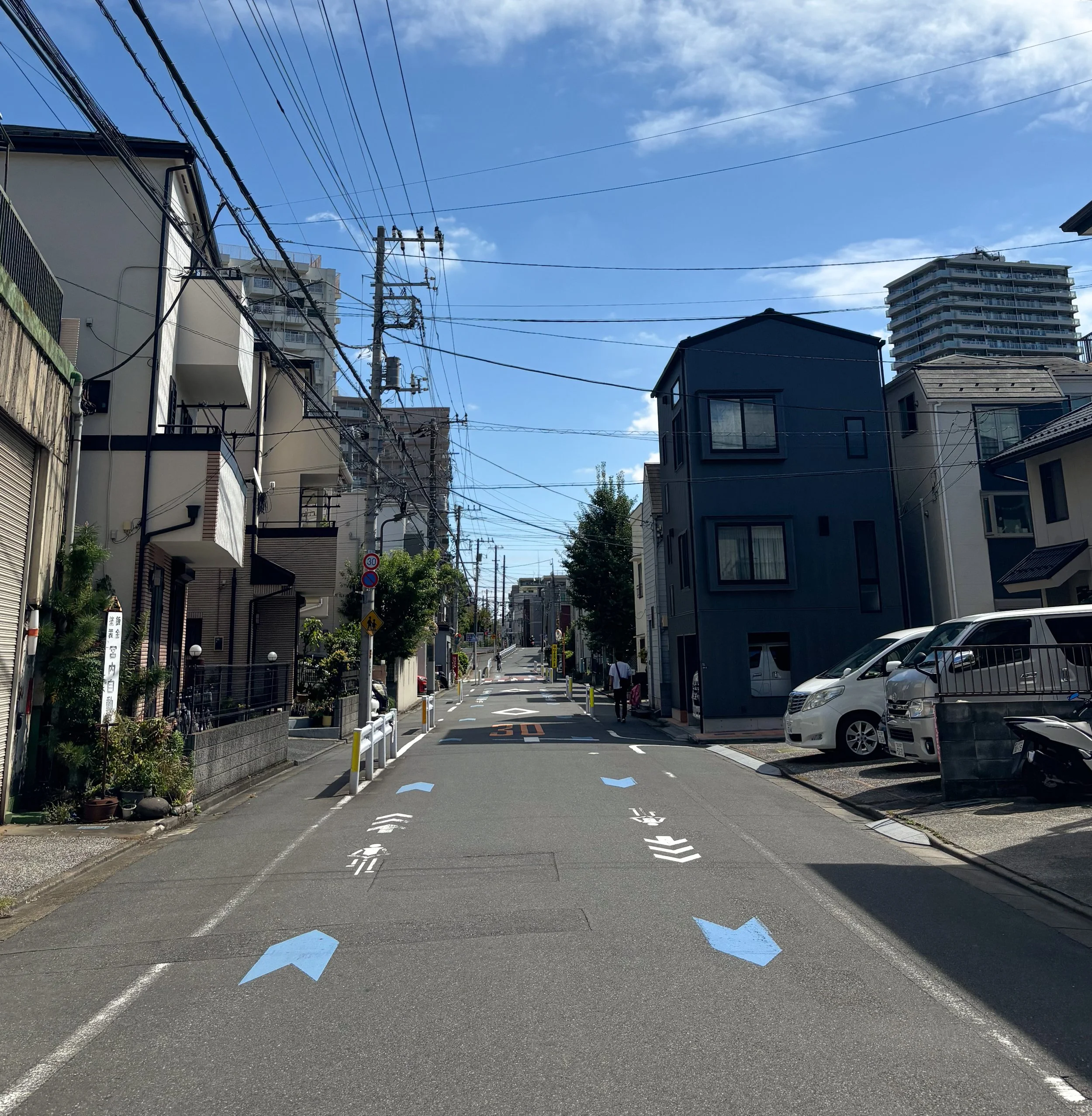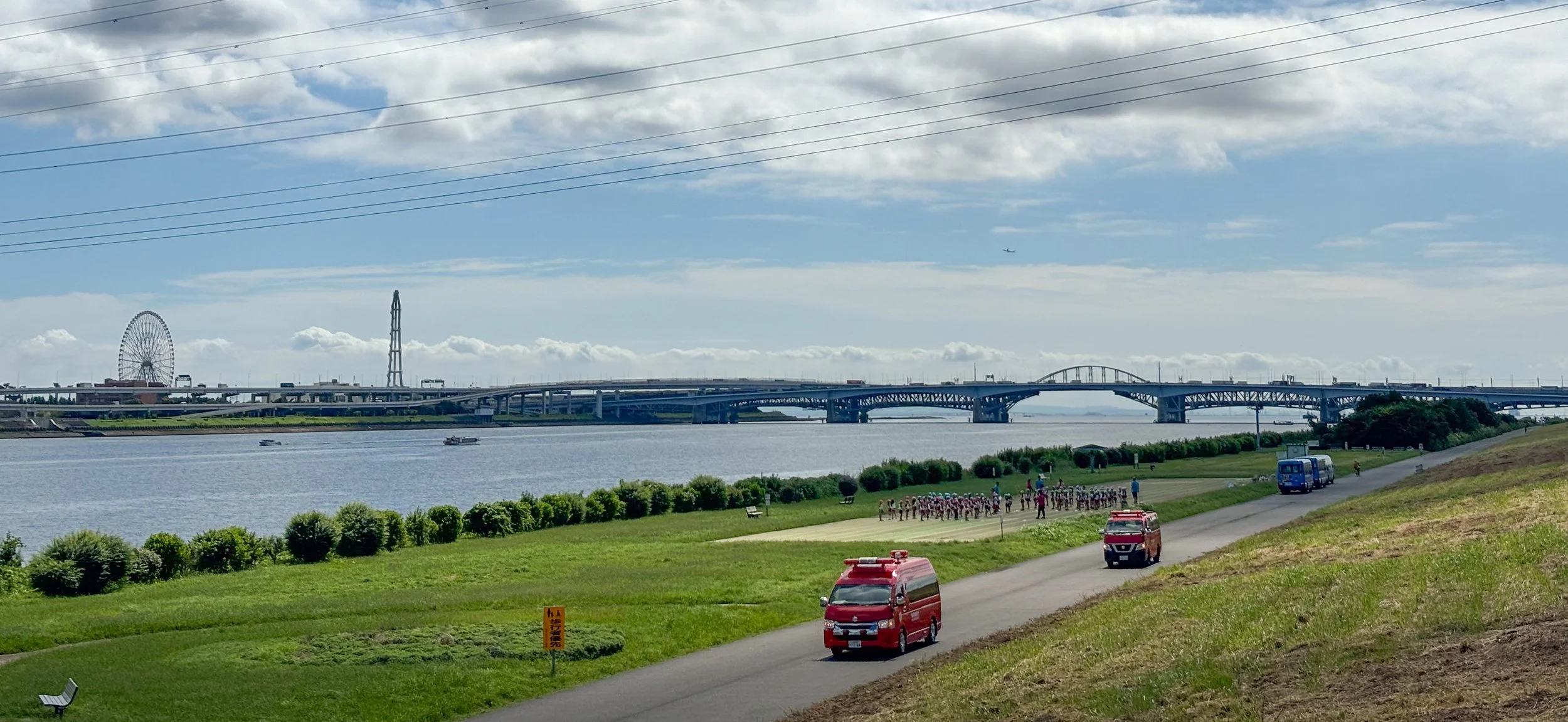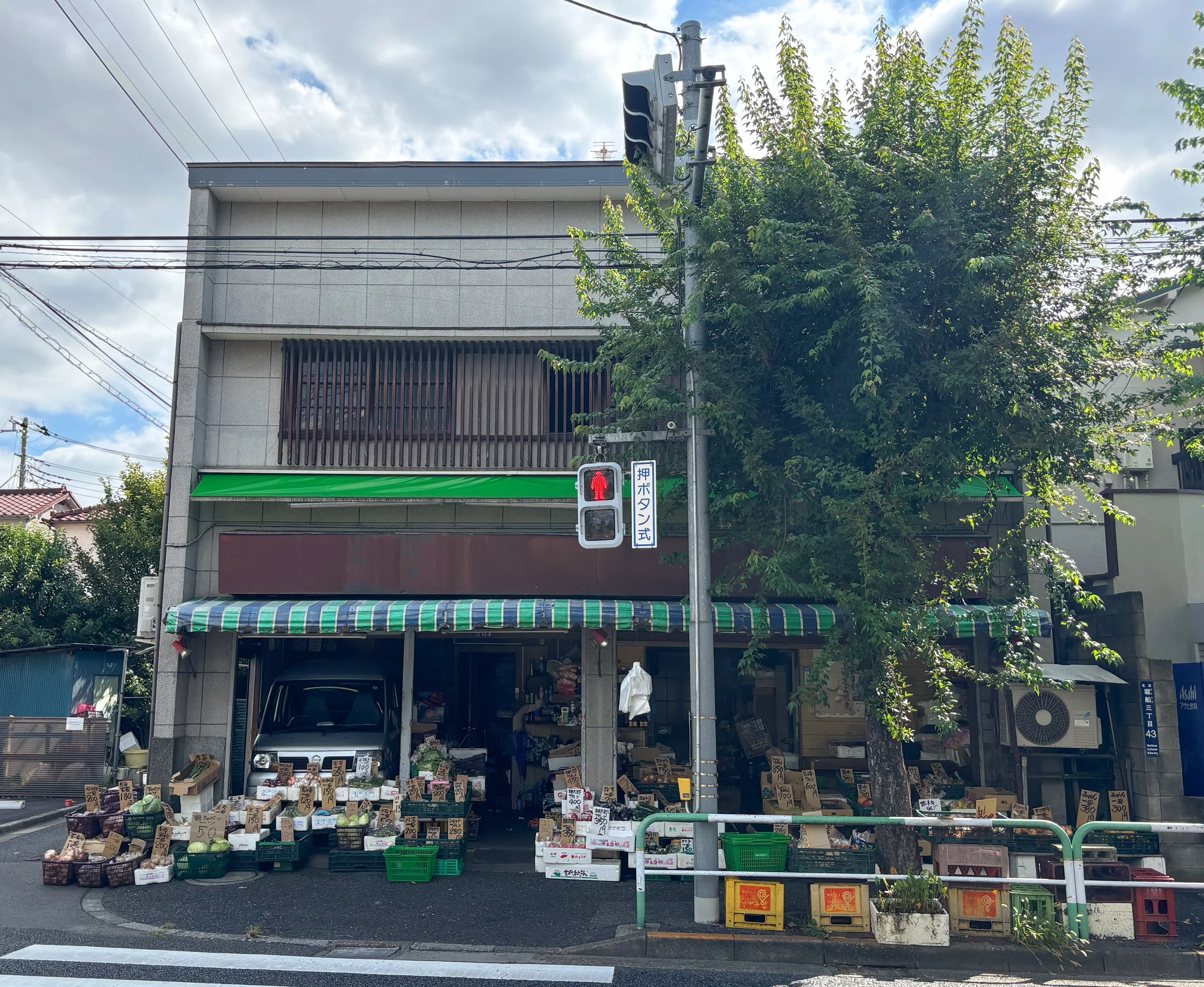Postcards from Tokyo.
Close your eyes and think of Tokyo. What do you see? Perhaps it’s seas of people at that Shibuya crossing. Or maybe it’s fast trains gliding through a man-made canyon land of neon lights. Glitz and glamour, hustle and bustle, the lot.
All of that exists and, if that’s what you seek, you will find it aplenty in the world’s largest megalopolis. But the Tokyo that I’m drawn to, the one that lures me back time and again, is different. Quiet and ethereal, modern and ancient, I don’t even need to employ the trite “off the beaten path” trope to see it. Because it’s everywhere.
What follows is a long post, for it’s not a single story. It’s a collection of postcards. Enjoy.
The promised land.
Sometimes I think we’re not meant to travel this fast. Fifteen hours ago, I could stroll down Chiswick High Road and name every single establishment, and now we’re in Azabujuban and everything has changed. It’s evening, my body is dead convinced that it’s morning, I’m bleary-eyed and discombobulated.
We need comfort food.
The concept of oden-ya – a type of cuisine centred around a hot-pot in which different dishes are cooked – was still foreign to us, but Odenya Takeshi looked exactly like the kind of restaurant that Tokyo offers in spades. A tiny, promised land hidden behind noren curtains, where the food is good and prices low. All we needed to do was to slide the door open and ask for two seats.
There is a time and place for photography, and that wasn’t, so a written description shall suffice. Imagine an L- shaped room, clad in a tasteful mix of polished concrete and dark wood. A modern place with tables lined by the windows and outside walls, its centre – where the two bits of the L merge – dominated by the round, earthen hotpot and an open-plan kitchen. Along it ran a wood shelf and a number of seats, almost ring-side, so that punters could sit and watch the alchemists – or, rather, the cooks - in action. This was Odenya Takeshi.
The staff at Odenya Takeshi was a trio of young and indefatigable men in blue work jackets, towels rolled around the neck and forehead. An English menu made an appearance as we sat by the kitchen, then two beers with accompanying ramekin. Seaweed and pickled vegetables complemented the cool drinks in a way that no salted peanut could ever do. Some ordering later and the food began to arrive.
Each small plate was a discovery. Who knew that tofu, that shapeless grey lump lurking at the bottom of a soup, could be made into a pouch containing a tasteful morsel of mochi, fried and served in a divine broth? How could the humble sweet potato be so flavourful, and how can Camembert be in Japan, and be baked with what seems to be béchamel sauce? And who said that the Ishigaki sea grapes don’t travel well, because here they were, tangy as I remembered?
I don’t recall if there was music, but the place was no library. There was noise – the clinking of tableware, the sizzling of meats on portable burners, the hissing of a rice cooker – and the sound of many conversations. Customers would come and go, the new arrivals saluted by a boisterous “Irasshaimase” declaimed in unison by the three restaurateurs.
At some point, the umpteenth irasshaimase was responded to by an equally rowdy shout. We lifted our eyes from the collection of bowls strewn before us and witnessed the grand entrance of the quintessential Japanese playboy.
It was as if all the city slickers in every single Anime had morphed into this guy. Rockabilly mop, tight cream trousers, blue shirt, linen jacket, sunglasses lifted straight from Bono Vox’s Ray Ban collection, a permanent grin and the sort of booming, raspy voice that can wake up babies five blocks away. Minato’s own playboy waved a bejewelled hand at the cook by the hot pot – who replied with a bow – and then helped his female companion climb down from the door, a no mean feat given how short her dress was and the vertiginous height of her stiletto heels.
Lady and the Playboy took the seat next to ours by the kitchen. A couple of highballs arrived and soon a constant stream of small bowls started flow in their direction, accompanied by hearty laughs and what seemed a spirited conversation. Halfway through the second round of highball, Lady pointed one of her manicured hands towards the door and let a shout of delight, for more fashionistas had arrived to her, Playboy and the staff’s acclaim. All the local legends were reunited.
And so here you have it, a normal Tuesday night in Tokyo. Incredible food, a cozy ambience and top-notch entertainment, all for less than £20 apiece.
Azabudai Hills.
Warm rain falls on the ads promising a new Bottega Veneta store. Rain lashes the Louis Vuitton boutique. Further ahead, the Boulangerie Paul is drenched too. This could be anywhere, anyplace. Geography says this is Tokyo, but the roads around the monolithic JP Tower are just another outpost of the latte-clutching, Balenciaga-clad Internationale.
Until it isn’t.
A staircase leads uphill. Steps, roughly hewn from large blocks of granite, lead skywards at an angle that clearly isn’t in tune with modern accessibility laws. Intrigued, we climb on.
It’s dark up here, and we are alone standing under the rain, beneath the skyscrapers of Azabudai Hills and the wooden Shinto temple that stands before us.
My mind runs back to Ainokura, at the temples lost in a forest so thick that bells are provided, together with instructions to ring them to scare off any wandering bear. The surroundings might be a tad different, but it’s still the same country, no matter how many high-end boutiques there are.
And as I stand there, before the temple, it’s easy to think of a future when Shinto priests will bless spaceships. Or when temples like this will rise in the toxic atmosphere of Mars or the low gravity of the Moon. Because, after all, tradition is tradition.
The suburbs.
The pot of gold at the end of the rainbow is a small shop on the ground floor of a brick building in Chiyoda. Cycle Trip had the range, the service and the price for what I wanted all along: a bicycle.
Where do you go when you just have half a day and the largest city on the planet at your disposal? The only right answer is, well, anywhere.
And so it was that I struck east, bound for two neighbourhoods that don’t normally feature on the Lonely Planet. Koto and Sumida were cheap enough for us to stay in my first visit, back in 2008, and I thought that it’d be appropriate to ride back there to sample what fascinated me all those years ago: Japanese suburbia.
Cycling in Tokyo is quite laissez-faire: the only rule is not to be a moron. You can ride on the pavement, mixing with pedestrians in a silent jamboree, but you can also venture on the road. Sure, it’s not all unicorns and sunshine. Delivery vehicles will sit on the cycle lane, and no sooner than I’ve set off I’m grazed by a white van aptly named Suzuki Clipper. Comforted by the fact that certain rules are valid everywhere, I made a few random turns, passed a crocodile of schoolchildren wearing purple hats with floppy ears and, eventually, arrived at the Arakawa river.
It was midweeks, but the left bank of the river was abuzz with activity. Children practiced baseball in the many diamonds scattered along the water, pensioners cycled up and down, a group of teenagers played frisbee, two bodybuilders lifted weights, and a legion of kindergarteners stood in neat rows, brandishing kendo wooden swords.
Motorways and warehouses lined the opposite bank, trains zoomed overhead and, when I climbed atop the flood defence walls, I could see the vastness of Koto stretch before my eyes. Stacks of apartment blocks piled thousands of balconies skywards, islands of verticality in a sea of small homes huddled together as if scared by the hulking mass of the Tokyo Sky Tree further down the road. More skyscrapers closed the prospective and, had the day been clearer, I could’ve seen Mount Fuji from here.
A turn in the river was my signal to start heading back to Akibahara. So I struck inland, diving deep in the urban fabric of the megalopolis. As long as I kept a wide boulevard on my right, I told myself, I’d be fine.
Traffic slowed down to a trickle as I entered Yanaka. Bicycles outnumbered cars five to one, a urban utopia of fast trains, walkable neighbourhoods and bikes everywhere. Tokyoites rode cargo bikes to the shops, took their kids to and from school on two- and three-seaters, and in general went about their business sat on the saddle. There were small shops everywhere, and when a road started being filled with ambient music, the sensation of being in a Miyazaki anime was almost palpable.
A little bit later, I let out a groan of disappointment so loud that a passer-by turned around in surprise. At the end of the boulevard, on the ground floor of a nondescript brick building in Chiyoda, is Cycle Trip.
A dream of mist.
We’re wandering the corridors of an exhibition. You’d struggle to find anything more hip, more worldly, more Instagrammable than TeamLab’s latest effort. Not for nothing it’s called Borderless.
But don’t scoff at it. There’s beauty, here. Eerie, captivating, puzzling beauty. Rivers flow on the walls, fish dance from room to room, and there’s that puzzling cortège of frogs waving fans and water buffalos. Go figure. Then, we’re transported to another time and place.
A sepulchral corridor gives way to an equally dark room. Curtains of mist descend from the ceiling, forming for walls of ephemeral, impalpable canvas for the videos that are projected from behind.
Figures in traditional garb, some wearing animal masks, dance and play ancient instruments. Sho mouth organs, drums and suzu bells, or so my eyes tell me. Voices echo from unseen speakers, sounding at times close and other times far. Music wafts in, echoing of a distant time and place.
Suddenly we’re no longer in Minato, near to trains and airports and all the modern trappings of life. We’re deep in the forests of Honshu, where bears tiptoe in the undergrowth and the kodamas roam, and we’re listening to an impromptu concert thrown by the local kamis.
And this is what makes Tokyo beautiful in my eyes.























